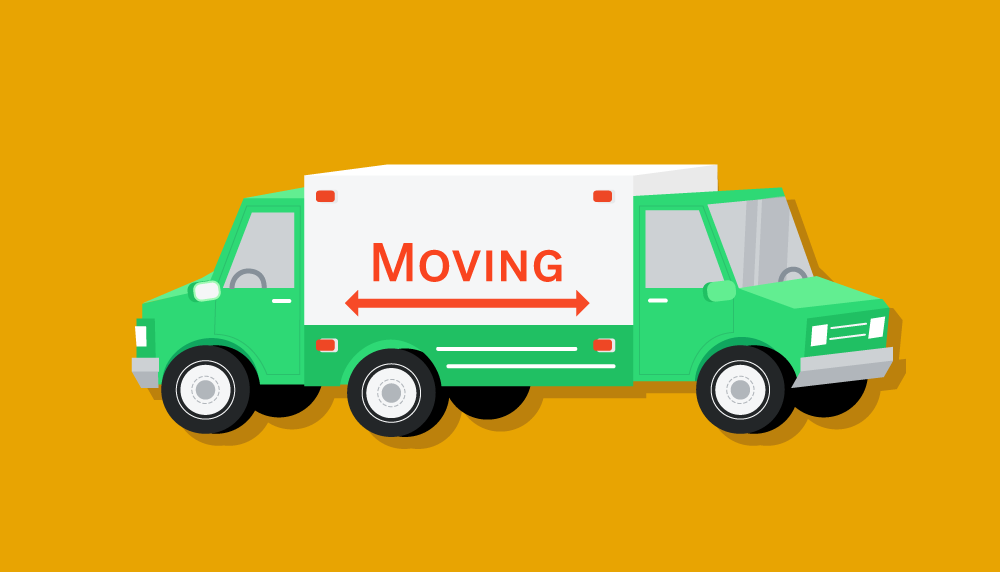All buyers have their work cut out for them, between finding a home they like in a neighborhood they love and running the gauntlet of offers, counter-offers, and inspections.
But for many buyers, that’s not even the half of it. They have a house to sell as well. According to the 2017 Zillow Group Consumer Housing Trends Report, 71 percent of people selling a house are looking to buy one at the same time. This two-fer quickly lands them in a thorny catch-22: Do they buy a new home first? (If so, where will the money come from for a down payment?) Or sell the one they’ve got before buying? (If so, where will they live till they buy?)
There are real challenges either way, but sometimes the best path is clear. The route you choose depends on your finances, local housing market, and whether you can stomach letting go of your home without knowing exactly where you’ll land.
4 different scenarios when selling and buying at the same time explained
- You’re in a hot market where it can take a year to buy a house.
- You have enough funds available to make an offer now.
- You’ve found a job in a new city and start work in three months.
- You’re selling in a hot market and moving to where the market is slow.
-
You’re in a hot market where it can take a year to buy a house.
The strategy: Sell first.
Yes, of course it’s a pain to move twice, first into a rental, and eventually into a new home. But in a city with low inventory and multiple bidders for every house, you have little hope of having a contingency offer accepted. Your best bet? Rather than rush a decision you may regret, simply accept that you’ll be making two moves and play the long game.
“This way, because you have already sold your home, you can make a clean offer on the next place, with no contingency,” says San Francisco realtor Danielle Lazier. “In hot markets, making an offer ‘subject to the sale of your current home’ places you at a major disadvantage against other buyers.”
Another advantage to the sell-first approach, Lazier adds, is that “there’s no deadline to buy. You can shop confidently and be ready to jump when the right listing comes along.”
Making the Timing Work
Step 1: Find a rental with a month-to-month lease. If your rental is on the small side, put the bulk of your stuff in storage.
Step 2: With the home you’re selling now empty, you can stage it properly and sell it for the best price.
Step 3: When the house sells, get your financing in order, putting the proceeds from the sale into a liquid account so you’ll have a down payment ready when you make an offer on a new house.
-
You have enough funds available to make an offer now.
The strategy: Buy first.
For most people, buying first is a nonstarter because the down payment on their new home will come from the sale of the previous one. For those who can swing it, though, there are plenty of upsides to buying before selling.
First of all, “you only have to move once,” Lazier says. “Whether the home you buy is move-in ready or needs some work, you can coordinate the timing.”
Also, because you can move all your things to your new home before showing the home you’re selling, she adds, “you can maximize the price you get for your current home by marketing it vacant and staged.”
Another benefit? “The security of knowing where you are moving to,” Lazier says. “Some clients worry that they won’t be able to find a good home if they sell first. By buying first, you avoid having to take that leap of faith.”
Making the Timing Work
Step 1: Identify your sources of cash and make plans to liquidate what you need to make a solid offer. Gather the documentation as proof of funds.
Step 2: Make an offer.
Step 3: Once you’ve closed and moved in, prep your previous home for sale and put it on the market.
Step 4: When the home sells, use the proceeds to replenish the accounts you tapped to buy your new home.
-
You’ve found a job in a new city and start work in three months.
The strategy: Sell first.
“This isn’t an unusual situation,” says Gordon Stephenson, a Seattle-based broker. “Typically, buyers need the equity out of their existing home in order to make the new purchase. This means selling first.”
And there’s another reason not to rush a purchase, he adds: “If you’re moving to a new city, it’s probably smart to rent for a bit while you get the lay of the land and determine which neighborhoods best suit your needs, rather than buying right away.”
All this means that your existing home will likely be put on the market while you’re still living in it. While not ideal, selling a home you’re living in can be done successfully if you clear out anything you won’t need in the short term—off-season clothing, sports equipment, knick knacks—to declutter your home. Stephenson recommends hiring a stager to help sort out what should be removed to show the house at its best.
Making the Timing Work
Step 1: Prep your home and put it on the market.
Step 2: If it sells quickly, be upfront about your need to stick around until you move, and negotiate a longer period until closing or a short-term rent-back to allow you to stay in the home until you’re ready to move to your new city.
Step 4: Find a month-to-month rental in your new city to be your home base while you get settled and begin your home search.
-
You’re selling in a hot market and moving to where the market is slow.
The strategy: Buy first.
The thought of carrying two mortgages keeps most buyers from attempting to buy before selling, but this is a rare situation where it actually makes sense. In a slow market, you’ll likely have an offer accepted quickly, even a contingency offer, and can then turn around and quickly sell the home you’re moving from.
Lazier says when she has clients in this situation, “I start working with them weeks or even months before their home is listed to get all of their ducks in a row to minimize the amount of time they’re holding two mortgages.
“We can usually prep a home for sale in two to three weeks, sell it within two weeks, and have a 21- to 30-day escrow,” she explains. “So all in all, their time with two mortgages can be as short as two months. I like to have the client budget for three months of two mortgages, to have some buffer for unexpected circumstances, but it usually ends up closer to two months.”
Those who can’t stomach the chance of carrying two mortgages at the same time may consider a contingency offer. “In this scenario,” says Stephenson, “making an offer contingent on the sale of the home in the hot seller’s market wouldn’t be unusual and would be the safest way for a buyer to make the move without any risk of having to carry both homes’ mortgages for any length of time.”
Making the Timing Work
Step 1: Work on improvements to the home you’re living in, so it’s ready to sell quickly when the time comes.
Step 2: Make an offer on a house in your new city. If you choose to make a contingency offer, ask for at least 60 days of contingency period.
Step 3: Once you close on a house in your new city and move out of your current home, put that house on the market.
Step 4: In the unlikely event you can’t find a buyer quickly, consider a bridge loan or a HELOC to maintain expenses until you can sell.
-
Find more buying and selling strategies:



